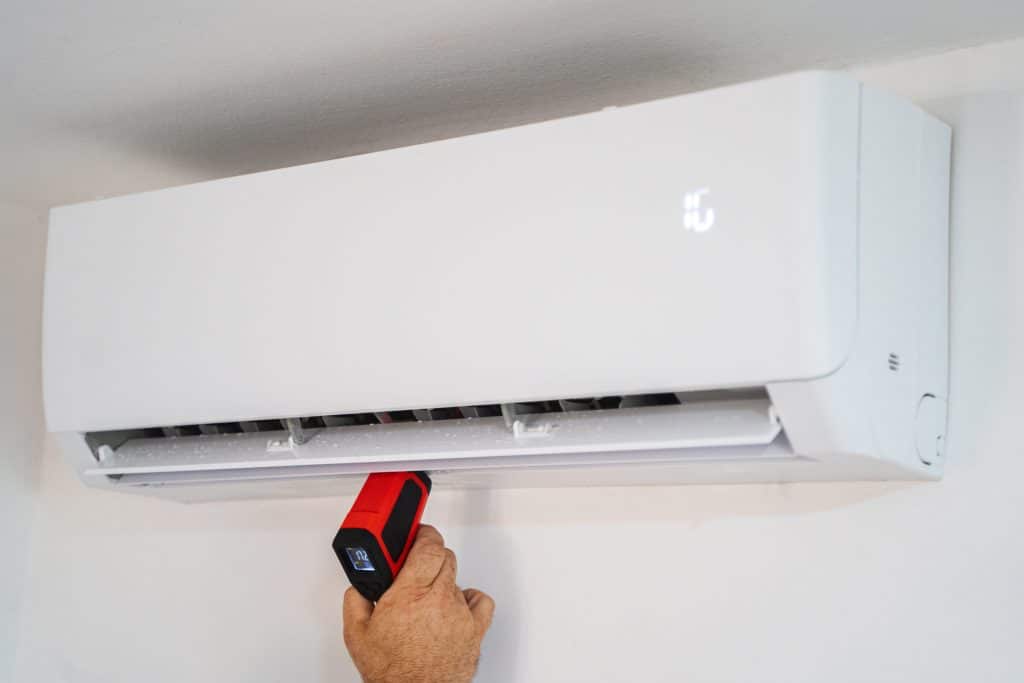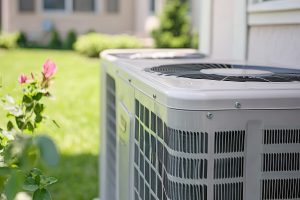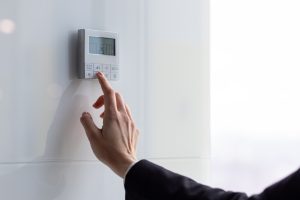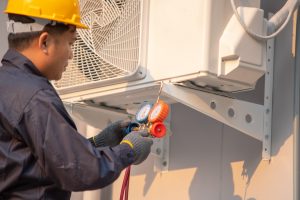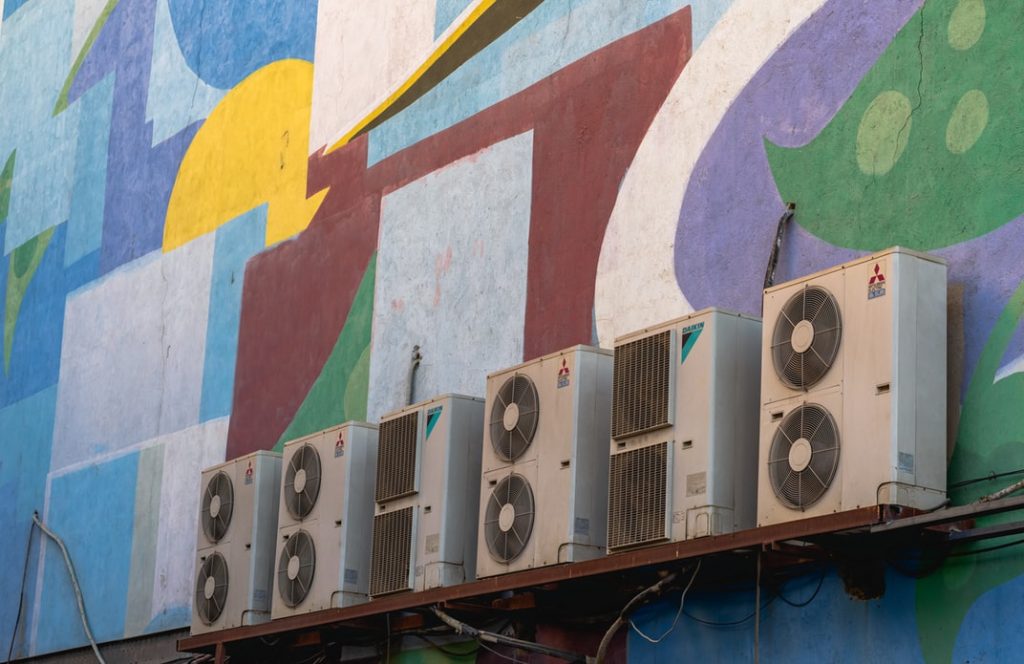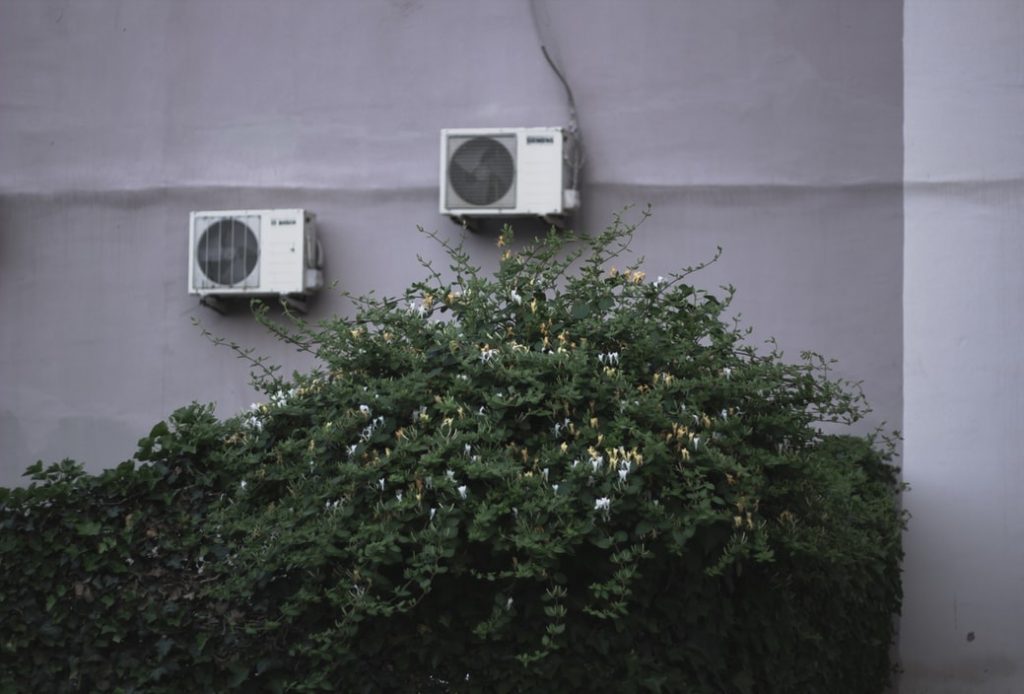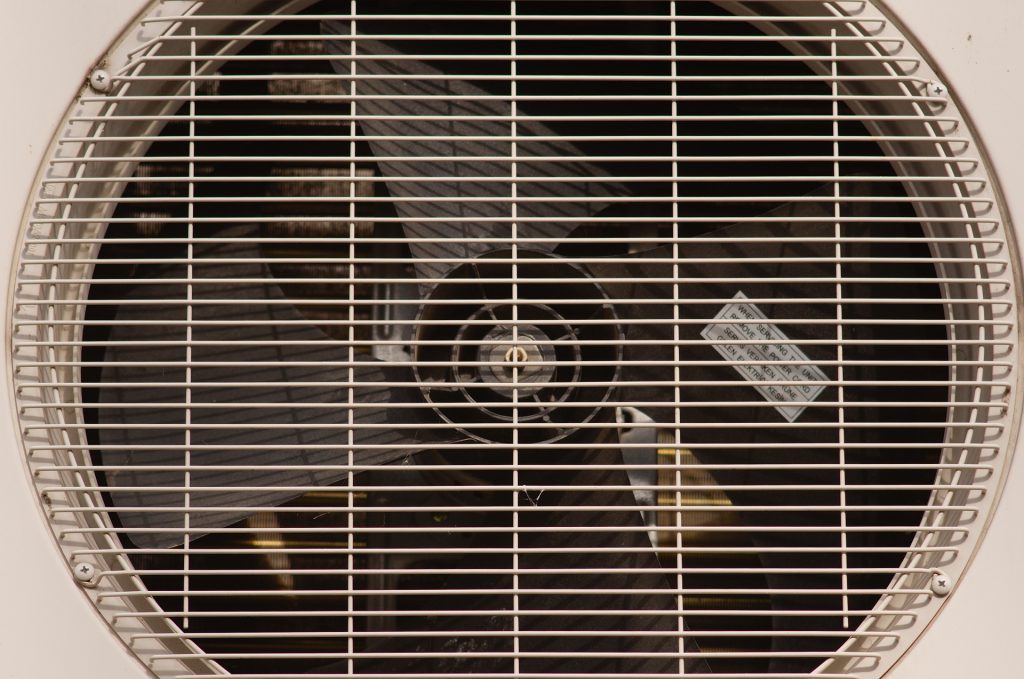| Key Takeaway: An air conditioner that cools but does not remove humidity effectively may be due to issues like inadequate airflow, improper unit sizing, or thermostat settings. Regular maintenance, such as filter changes, can improve the system’s efficiency in dehumidifying. A unit that’s too large might cool air quickly but not run long enough to remove moisture effectively, while a unit that’s too small could struggle with both cooling and dehumidifying. |
Imagine stepping into a room that feels cool but leaves you feeling sticky and uncomfortable. This is a common scenario when your air conditioner is cooling but not removing humidity effectively. In humid climates, this issue can make staying indoors just as uncomfortable as being outside.
The question “Why is my AC cooling but not removing humidity?” often arises, especially during the summer months when maintaining indoor comfort becomes a priority. Understanding why your air conditioner might not be dehumidifying effectively is crucial for creating a comfortable living environment.
Several factors can cause an air conditioner to cool without adequately removing humidity. These include issues with airflow, improper sizing of the unit, or even thermostat settings. Fortunately, there are solutions to address these problems. In this article, we will explore the common causes of this issue and discuss potential solutions to help you achieve a more comfortable home environment.
Understanding How ACs Cool Air
Air conditioners serve two main purposes: cooling the air and removing humidity. They work by drawing warm air from your home, cooling it, and then circulating it back into the living space. This process should also remove moisture from the air, making your home feel cooler and more comfortable.
However, when an air conditioner is not removing humidity effectively, it may be due to inadequate airflow or improper sizing of the unit. An air conditioner that is too large for your space may cool the air quickly but won’t run long enough to remove moisture effectively. Conversely, a unit that is too small may struggle to cool and dehumidify the space adequately.
Regular maintenance plays a vital role in ensuring your air conditioner functions correctly. Changing your HVAC filter regularly can improve airflow and efficiency. For guidance on how often to change your HVAC filter, consider reviewing this helpful resource on HVAC filter maintenance. Regular maintenance helps prevent issues that could lead to your air conditioner not removing humidity effectively.
The Role of Thermostats in Humidity Control
Thermostats play a significant role in controlling both temperature and humidity levels in your home. Setting your thermostat to the right temperature can help maintain a balance between cooling and dehumidifying. If your thermostat setting is too low, your air conditioner may not run long enough to remove excess moisture from the air.
For optimal comfort without excessive humidity, consider setting your thermostat to a moderate temperature during the summer months. This approach allows your air conditioner to run longer cycles, which can improve its ability to remove humidity. For more information on recommended temperature settings, you can refer to this guide on summer thermostat settings.
Advanced thermostats with humidity control features offer additional benefits. These devices can adjust the air conditioner’s operation based on both temperature and humidity levels, providing a more comfortable indoor environment. If you find that your current thermostat lacks these features, upgrading to a more advanced model may be worth considering.
Key Facts About Air Conditioning and Humidity Control
|
Common AC Issues Leading to High Humidity
An air conditioner not removing humidity effectively can result from several common issues. Clogged condensate drains are a frequent problem, preventing moisture from being properly expelled from your home. When these drains become blocked, the system’s ability to dehumidify diminishes, leaving you with a humid AC environment. Similarly, low refrigerant levels can hinder the cooling process, as the refrigerant plays a crucial role in both cooling and dehumidifying the air.
In addition to these issues, dirty or blocked filters can also contribute to inadequate humidity control. Filters that are not regularly maintained can restrict airflow, reducing the system’s efficiency in removing moisture. Addressing these problems promptly is essential to ensure your AC is cooling but not removing humidity effectively.
For persistent issues that do not resolve with simple fixes, consulting a professional HVAC contractor may be necessary. A professional inspection can identify underlying problems and recommend appropriate solutions. If you’re experiencing ongoing problems, consider reaching out to an HVAC contractor for expert advice and assistance.
Solutions to Enhance Dehumidification
Enhancing your air conditioner’s dehumidification capabilities involves several practical steps. Using a standalone dehumidifier can significantly improve moisture removal in particularly humid areas of your home. This device works alongside your AC to ensure a more comfortable environment.
Another effective solution is implementing zoning systems, which allow for targeted cooling and dehumidification in specific areas of your home. This approach ensures that each zone receives the necessary attention for optimal comfort. For more information on how zoning systems work, you can explore HVAC zoning systems.
If your current system consistently fails to dehumidify effectively, it might be time to consider upgrading to a new, more efficient AC unit. Modern units often come with advanced features that enhance both cooling and dehumidification. Learn more about the benefits of upgrading by visiting information on efficient AC units.
Impact of Proper Insulation on Humidity Levels
Proper insulation plays a significant role in maintaining indoor climate efficiency and controlling humidity levels. Insulation helps to keep the cool air inside your home while preventing warm, humid air from entering. This balance is crucial for ensuring that your air conditioner not removing humidity isn’t a persistent issue.
Different types of insulation offer varying levels of effectiveness against humidity. For instance, spray foam insulation provides an airtight seal that can significantly reduce moisture infiltration. Comparing different insulation options can help you determine the best fit for your home. To learn more about effective insulation solutions, consider exploring attic insulation options.
Ultimately, achieving a balance between cooling and humidity control requires a combination of proper insulation and efficient AC operation. By addressing both aspects, you can create a more comfortable and energy-efficient living environment.
When to Seek Professional Help
Sometimes, even with the best efforts, an AC is cooling but not removing humidity as expected. In such cases, seeking professional help becomes essential. HVAC professionals possess the expertise needed to diagnose complex issues that may not be apparent through DIY troubleshooting.
Scenarios where DIY fixes aren’t sufficient include persistent humidity problems despite regular maintenance or when unusual noises or leaks occur. In these situations, professional intervention ensures that the root cause is identified and addressed effectively.
For more clarity on troubleshooting and understanding when professional assistance is necessary, consider consulting an HVAC expert. They can provide insights and solutions tailored to your specific needs, ensuring that your home remains comfortable and free from excess humidity.
Air Conditioner FAQs
How often should I change my AC filter?
What size AC unit do I need for effective cooling and dehumidifying?
Can adding ventilation help reduce humidity?
Are modern AC units better at controlling humidity?
How do I know if my AC needs repair?
Bringing It All Together
Understanding the balance between cooling and humidity control is essential for maintaining a comfortable home environment. An air conditioning system should not only cool but also manage moisture levels to ensure comfort. Throughout this discussion, we’ve examined how various factors contribute to this balance. From thermostat settings that optimize temperature and humidity to the role of insulation in maintaining a stable indoor climate, each element plays a part in achieving optimal home conditions.
Regular maintenance, such as timely filter changes, ensures your system operates efficiently. Addressing common issues like clogged condensate drains or low refrigerant levels can significantly improve dehumidification. For persistent humidity problems, considering advanced solutions like zoning systems or newer, more efficient AC units can make a noticeable difference. These strategies, when combined, create a comprehensive approach to tackling humidity issues. Consulting an HVAC professional can provide tailored guidance, ensuring you have all the information needed to make the right decisions for your home. This integrated strategy not only enhances comfort but also contributes to the overall efficiency and longevity of your AC system.
Next Steps
Addressing both cooling and humidity is vital for a comfortable home. Ensuring your AC system functions at its best enhances your living environment and can lead to energy savings. Regular maintenance and considering updates or add-ons, such as dehumidifier systems, can make a significant difference. To explore these options further, it’s wise to seek expert advice. Professionals can provide insights tailored to your specific needs, ensuring you choose the best solutions.
For those looking to enhance their home’s comfort, contact us to learn more about dehumidifier add-ons and other effective solutions. A well-maintained and efficient AC system not only improves comfort but also adds value to your home. Take the step toward a more comfortable and efficient home environment today.


